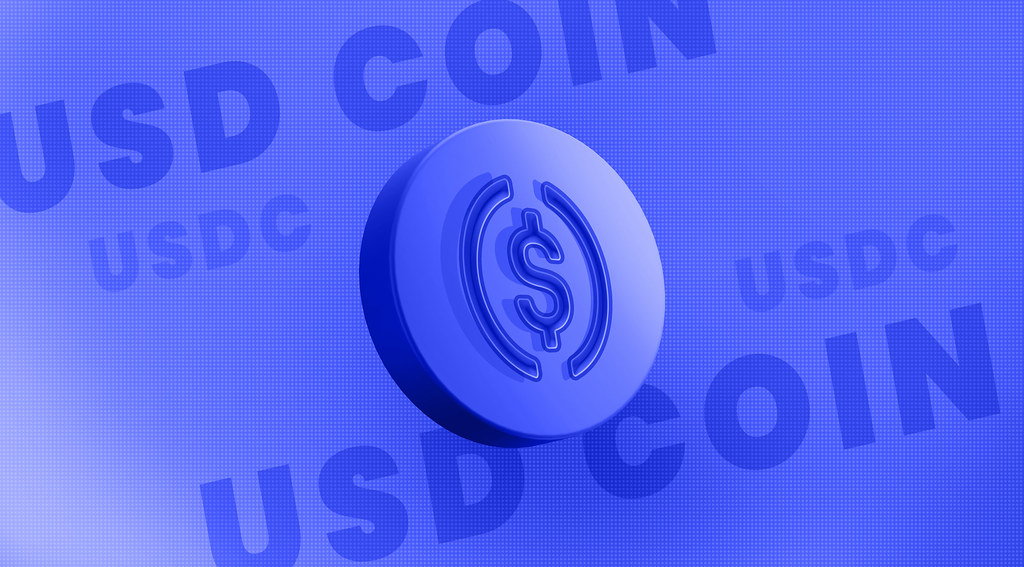In a twist that would have seemed unthinkable during last year’s rollercoaster trading, Bitcoin’s volatility has just taken a deep breath — and held it.
According to fresh figures from Blockforce Capital, the world’s largest cryptocurrency saw its annualized 60-day volatility sink to 28.53% on July 30, marking the lowest reading since August 28, 2023. The shorter-term 30-day measure also cooled, hitting 25.26% on July 23, a level not seen since October 15, 2023.
Bitcoin — the same asset that has historically thrived on dizzying price swings — spending July meandering between just under $105,000 and a hair above $122,750, according to Coinbase data via TradingView.
But this wasn’t just a sleepy summer lull.
July was packed with regulatory fireworks:
The U.S. House of Representatives passed three crypto regulation bills, including the Guiding and Establishing National Innovation for U.S. Stablecoins Act (GENIUS Act), which President Donald Trump signed into law.
Lawmakers even declared “Crypto Week” starting July 14, turning Capitol Hill into something closer to a blockchain conference than a legislative chamber.
The SEC dropped long-awaited guidance on exchange-traded products (ETPs) on July 1, sparking predictions of an application flood.
Commissioner Hester Peirce extended a rare olive branch, inviting industry players to talk tokenized securities with the agency on July 9.
With regulatory clarity inching closer and the market shrugging off the adrenaline spikes of previous years, Bitcoin’s newfound calm could be a sign of maturity — or the calm before the next storm.
For traders, low volatility means tighter ranges and fewer wild liquidations. For long-term holders, it could signal growing confidence and stability. And for the industry at large, the convergence of regulatory progress and market composure might just be the perfect foundation for the next big leap.
As always in crypto, the question isn’t just “what’s next?” — it’s “how fast will it get here?”








